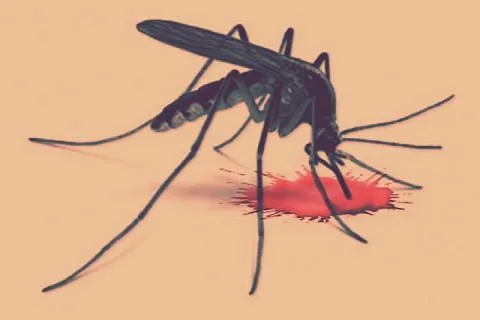Geneva, Apr 1: The World Health Organisation (WHO) has warned that the next pandemic could be triggered by insect-borne pathogens including Zika and dengue.
Arthropod-Borne viruses (Arboviruses) such as dengue, yellow fever, chikungunya and zika viruses are all current public health threats in tropical and sub-tropical areas where approximately 3.9 billion people live.
The frequency and magnitude of outbreaks of these arboviruses, particularly those transmitted by Aedes mosquitoes, are increasing globally, fuelled by the convergence of ecologic, economic, and social factors.
According to the WHO, dengue fever infects 390 million people in 130 countries annually where it is endemic, while the Zika virus caused an outbreak in 2016 when it was found to cause birth defects such as microencephaly. It has been detected in at least 89 countries.
Yellow fever poses a high risk of outbreaks in 40 countries and causes jaundice and severe haemorrhagic fever and death, as dengue. Chikungunya, though less known, is present in 115 countries and causes severe and joint-disabling arthritis.
The WHO said signs are mounting that the risk these diseases pose “is increasing”, The Telegraph reported.
Experts are scrambling to develop strategies to stop the next outbreak escalating into a catastrophe. Targeting arboviruses is top of the list.
“We have been through two years of Covid-19 pandemic and we have learned the hard way what [it costs] not to be prepared for high impact events,” Dr Sylvie Briand, director of the global infectious hazard preparedness team at the WHO, was quoted as saying.
“We had [a] signal with SARS in 2003 and the experience of influenza 2009 pandemic – but there were still gaps in our preparedness,” she added. “The next pandemic could, very likely, be due to a new arbovirus. And we also have some signals that the risk is increasing.”
The experts were speaking at the launch of the WHO’s new Global Arbovirus Initiative – an integrated strategic plan to concentrate resources on risk monitoring, pandemic prevention, preparedness, detection and response.






